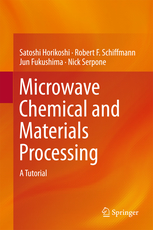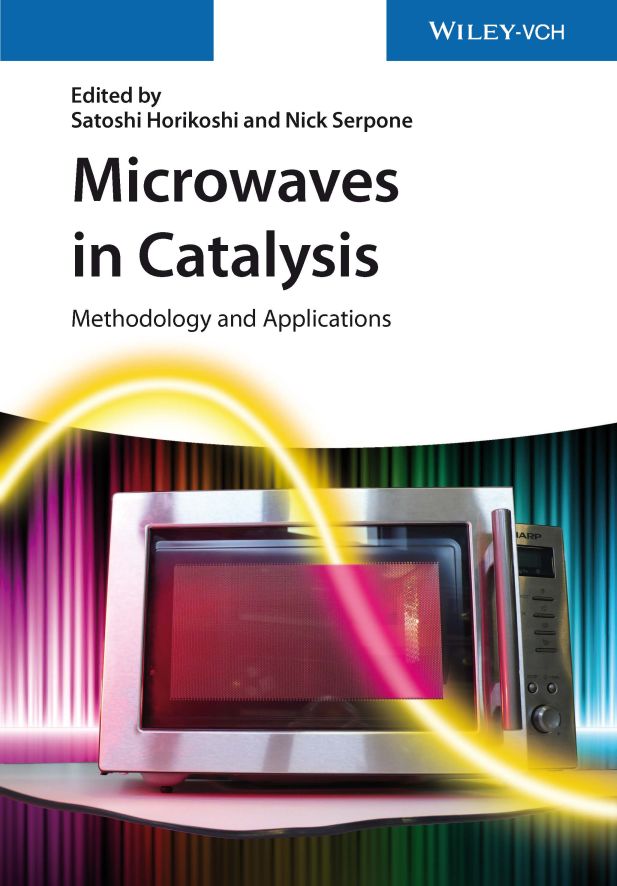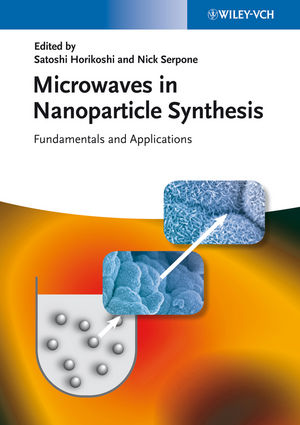Introduction of research subjects Link
Horikoshi Laboratory
Novel development of Green Chemistry toward a technology for
environmental remediation, preservation and energy development
Current efforts in our laboratory deal with research
for environmental remediation, green chemistry, and alternative energies (for
example, formation of chemical fuels such as H2 and CH4).
Organic and inorganic compounds have been reported to amount to nearly
65,000,000, so that our life is the richer thanks to new substances. However,
many of these chemical substances can cause significant pollution to the
environment (air, water, soils). Our laboratory focuses on environmental
remediation when the environment is polluted and avoidance of pollution
altogether through three principal approaches. The 1st approach
involves novel environmental remediation techniques which in essence involve
the decomposition of the polluting chemical substances (dioxins, agricultural
chemicals, etc....). The 2nd approach involves the development of
chemical synthesis methods that produce little or no wastes and are accompanied
with energy saving that might be beneficial to chemical industrial processes.
Typically, chemical syntheses are carried out with organic solvents, and often
with unreacted materials are discharged as wastes in large quantities into the
various ecosystems. The new chemical synthesis methods are so designed as not
to use organic solvents and are to be efficient such that they meet the
strictest rules in green chemistry. The 3rd approach is to develop a
technology based on electromagnetic waves toward the production of chemical
fuels such as hydrogen, well known energy vectors. In order to study such novel
technologies in the environmental and energy fields
| Microwave Chemistry | Target: microwave specific effects (e.g. magnetic effect, frequency effect, hot-spot
on the catalyst surface) in the chemical reaction Chemical reaction: Organic synthesis, Nanoparticle synthesis, Heterogeneous catalytic reaction Field: Organic synthesis, Hydrogenation, Environmental protection |
| Microwave Discharge Electrode Lamp (MDEL) | Video cover page of Photochem. Photobiol. Sci. Merit of MDEL: Distinctive features that make MDEL devices attractive are (a) the relatively long lifetime of the electrodeless lamp, (b) no complications in lamp shape because the lamps are electrodeless, (c) no variation in light intensity, (d) the ignition time to lighting the MDEL device is shorter than for a typical electrode lamp, (e) the UV radiation can be supplied external to the reactor to avoid absorption of the microwave radiation by the reactor contents, (f) the facility of lamp replacement, and finally (g) both UV and MW radiations are simultaneously available to induce oxidative/degradative processes to destroy organics and microorganisms using a microwave energy source alone. Field: Environmental protection(wastewater, VOCs), Photo-isomerization |
| Promotion of photocatalytic activity by microwave | The photocatalytic activity is enhanced by using UV/vis irradiation coupled to microwave radiation. It was clarified that the promoted effect was not by mere heat. |
| Microwave liquid plasma | Photo An energy-saving and simple liquid plasma device was manufactured using a novel integrated design that coupled microwaves and an ultrasonic homogenizer. The simple device was evaluated by carrying out the degradation of the toxic material (e.g. perfluorooctanoic acid (PFOA) Field: Environmental protection(wastewater) |
Horikoshi laboratory
Sophia University
Faculty of Science and Technology
Department of Materials and Life Sciences
7-1 Kioicho, Chiyodaku, Tokyo #102-8554, JAPAN
TEL +81-3-3238-3548
horikosi(atmark)sophia.ac.jp


















